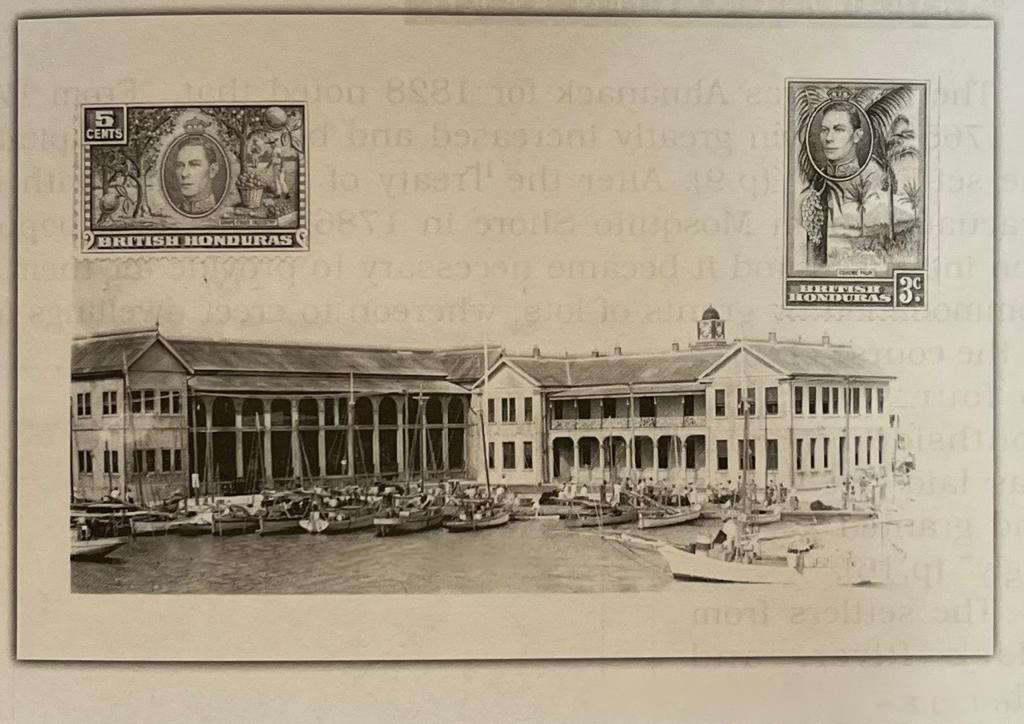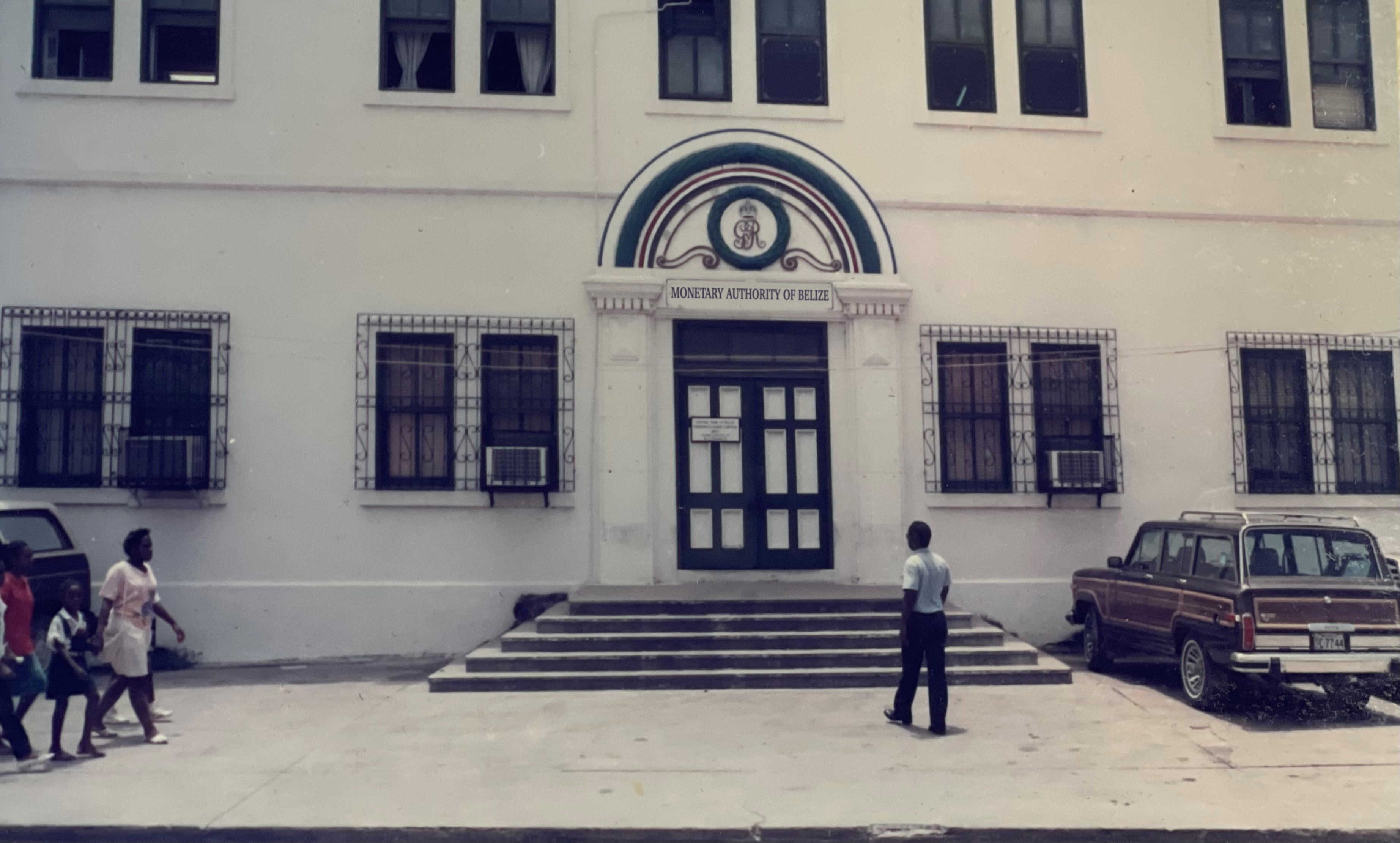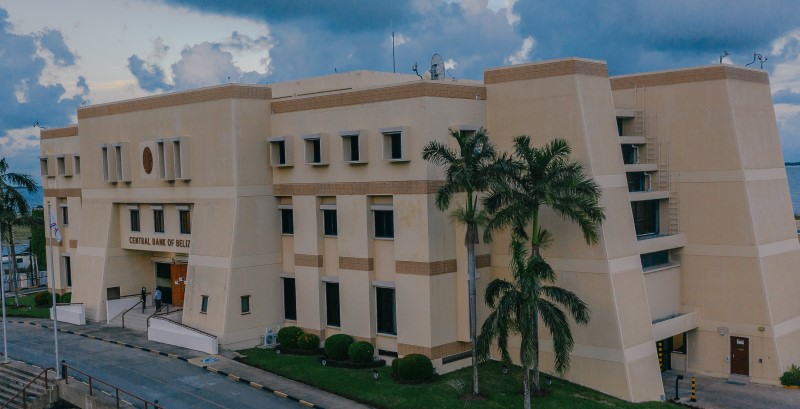History of the Bank
1894 – 1976
Board of Commissioners of Currency

The Board of Commissioners of Currency (Currency Board) had primary responsibility for issuing local currency that was redeemed in the exchange for sterling on demand. The issuance of currency by the Currency Board depended on the sterling deposits. The money supply was determined by commercial banks and by the level of productivity in the economy as this impacted the balance of payments.
1976 – 1981
Belize Monetary Authority

In 1976, the Monetary Authority Ordinance was passed, establishing the Belize Monetary Authority (BMA). BMA was responsible not only for issuing currency, but also regulating the commercial banking operations, initiating monetary policy measures aimed at stimulating economic growth, controlling inflation, maintaining balance of payments stability and other financial operations in Belize. It also provided banking services to the Government of Belize (GOB), commercial banks and financial institutions, and managed the foreign exchange reserves of the country.
The transition from the Currency Board to the Belize Monetary Authority created the way for the start of a domestic money market. Notably, effective 16 June 1977, the Belize Monetary Authority set the minimum and maximum selling rate for commercial banks.
1982 to present
Central Bank of Belize

The Central Bank of Belize, the successor to the Monetary Authority, was established by the Central Bank of Belize Act No. 15 of 1982 on 1 January 1982, shortly after Belize gained its independence from Great Britain. In addition to the acquired responsibilities of the BMA, the Central Bank of Belize is responsible for providing economic advice to GOB, being a fiscal agent to GOB, and supervising and regulating the country’s financial system.
